-
ABOUT US
-
ACADEMICS
Curriculum Program
Departments
- English
- High School Chinese
- Primary and Junior School Chinese.
- High School Mathematics
- Middle School Mathematics
- Primary School Mathematics
- Music and Fine Arts
- Physical Education
- Physics
- Chemistry
- History and Geography
- Physical Science and Optional courses Department
- Middle School Biology
- High School Biology
- Social Sciences
- Computer Science
- Courses in Primary School
Achievements and Matriculations
College Counseling
Science & Technology Innovation Contest
-
ARTS
-
ATHLETICS
-
AT SHSID
SHSID ∣ TIMES
PTSA
Club Exhibition
- 龙吟社
- Live 2 Drama
- Choir
- Hip-pop Dance Club
- The Primary School Dance Troupe
- Symposiums Club
- Biology Workshop
- You Shan
- VEX Robotic
- Peking Opera Club
- Baseball Club
- Model United Nations
- The World Scholar’s Cup
- Future Problem Solving Club
- United States Academic Pentathlon
- OM Club
- AMC Club
- Music for Patients
- SHSID Gazette
- Smile Charity
- Cultural Moments
- SciAcademy
- Stem Doge Alliance
- Chinese Debate Club
- IAA
- Mock Trial Club
- Zhengming Club
- Art-to-zine
- Bananaheads
- Electronics
- Furry Friends
- GT-Racing
- MCG Philharmonics
- Village Radio
- IMMC Club
- Creative Design and Intelligent Fabrication
- Future City Research Project
- ECOCAP
- AdvocaSEA
- SPDC
- Medishine
- Floorball Club
- Animusic MTC
- Wings Up
Health and Wellness
Campus Safety
Cafeteria Service
-
ADMINISTRATION
-
ADMISSIONS
-
ALUMNI
Alumni Information
Honors Students
- Class of 2024
- Class of 2023
- Class of 2022
- Class of 2021
- Class of 2020
- Class of 2019
- Class of 2018
- Class of 2017
- Class of 2016
- Class of 2015
- Class of 2014
- Class of 2013
- Class of 2012
- Class of 2011
- Class of 2010
- Class of 2009
- Class of 2008
- Class of 2007
- Class of 2006
Who Studied at SHSID
SHS Foundation
-
DOCUMENTS
Grade 8 Biology: Understanding the NCBI Database
In order to further reinforce the students' understanding of modern biological studies, the middle school biology group organized another bioinformatics activity through the Mac Lab platform. This activity allowed students to learn about the structure of the NCBI (National Center for Biotechnological Information) database, the most commonly used database in modern biological studies.
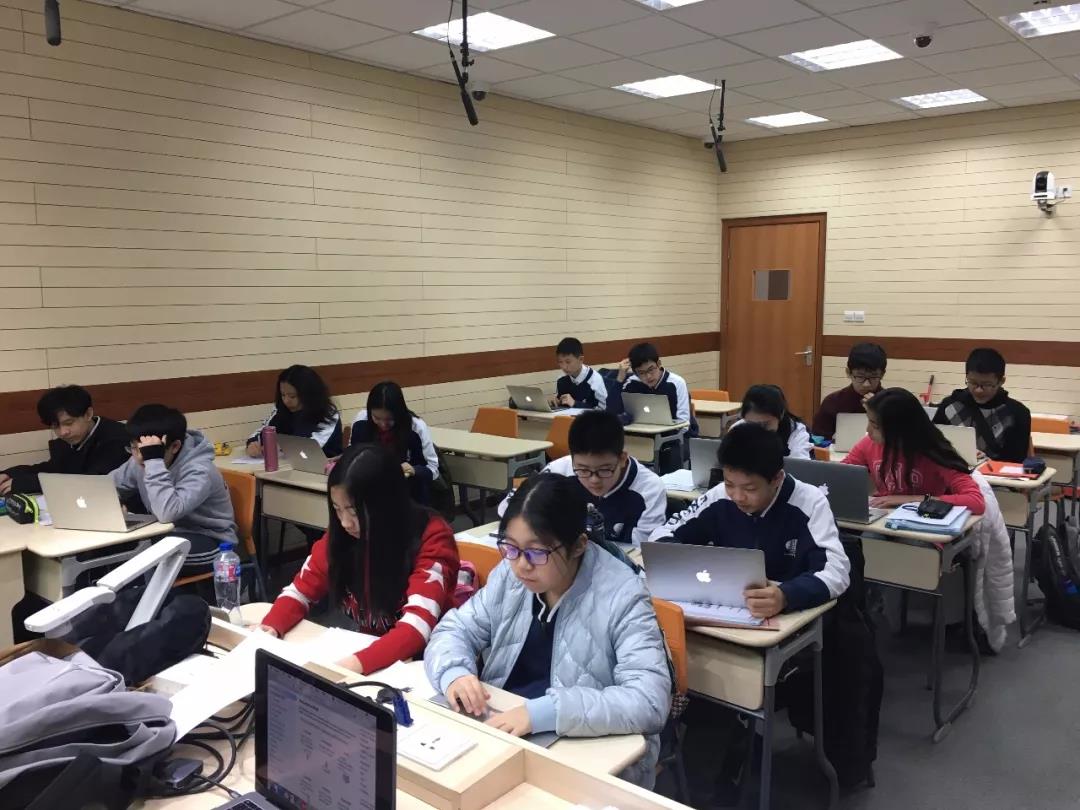
In this activity, students were guided through the NCBI website and looked at the many taxonomy resources. By browsing the taxonomical statistics, students were able to find the number of taxa available on NCBI for every group of organisms. The students were amazed by the fact that the NCBI database contains information on more than 430,000 species in total. Through this, the students gained insight on the importance of the NCBI database in bioinformatics.
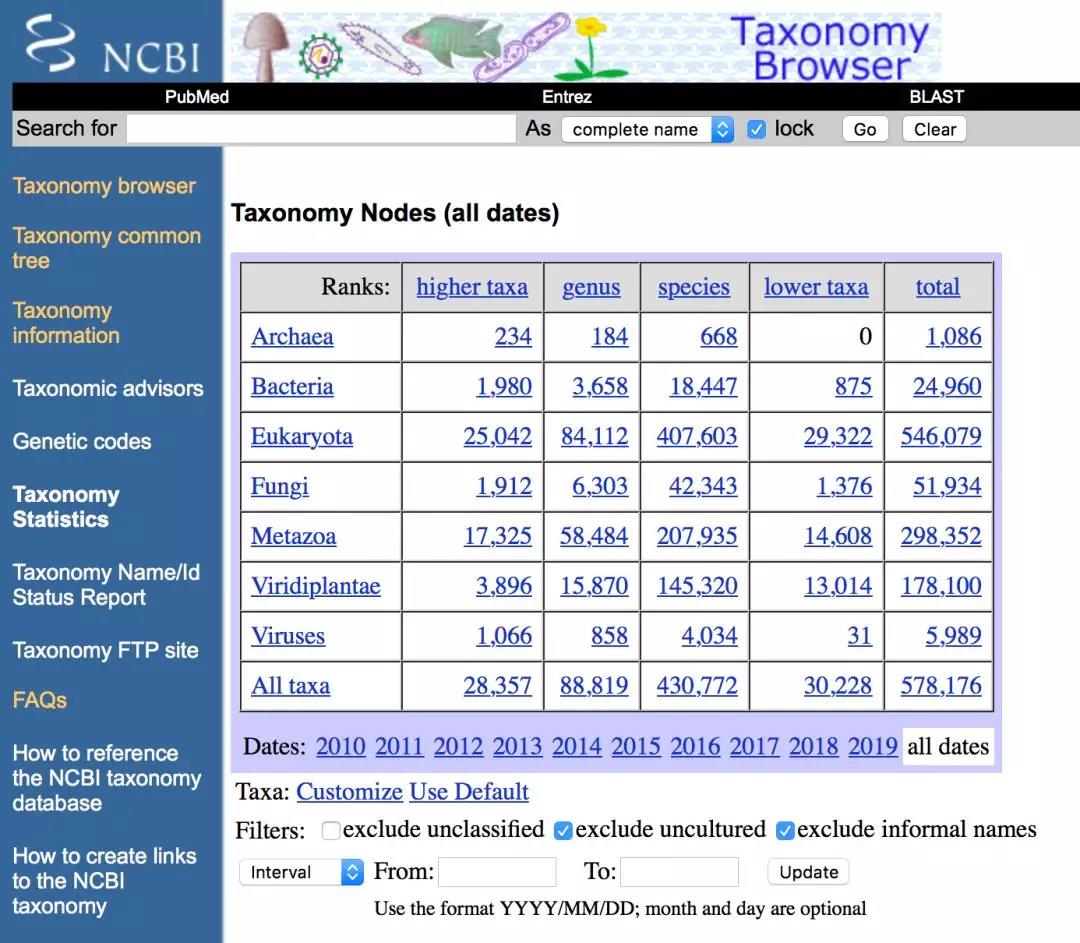
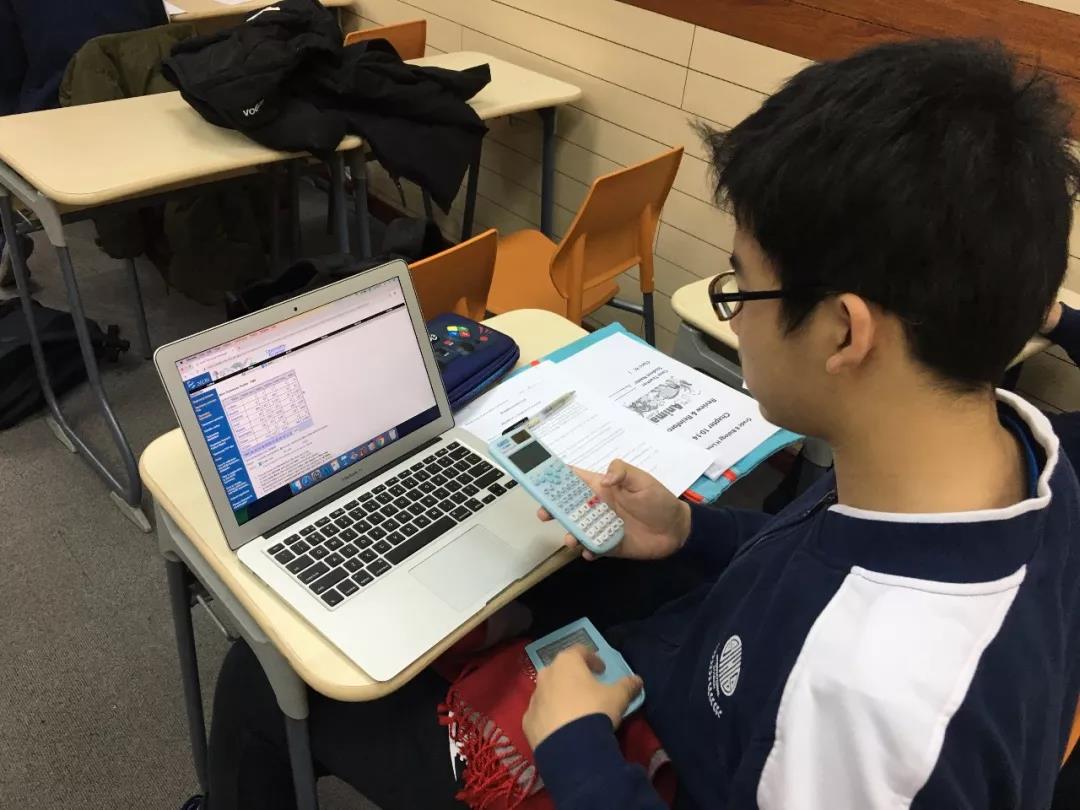
Students then learned how to browse the NCBI database for information on a particular organism. To raise student interest, the biology group specially designed a part in which students could look up genetic data of Libanorhinus succinus, an extinct beetle that lived more than 120 million years ago. It was the first time many students found out that DNA from long extinct organisms can still be sequenced and placed onto a database today. Through this part of the exercise, students also practiced reading GenBank information to look for various categories, such as number of base pairs and the paper in which the sequence is first published.
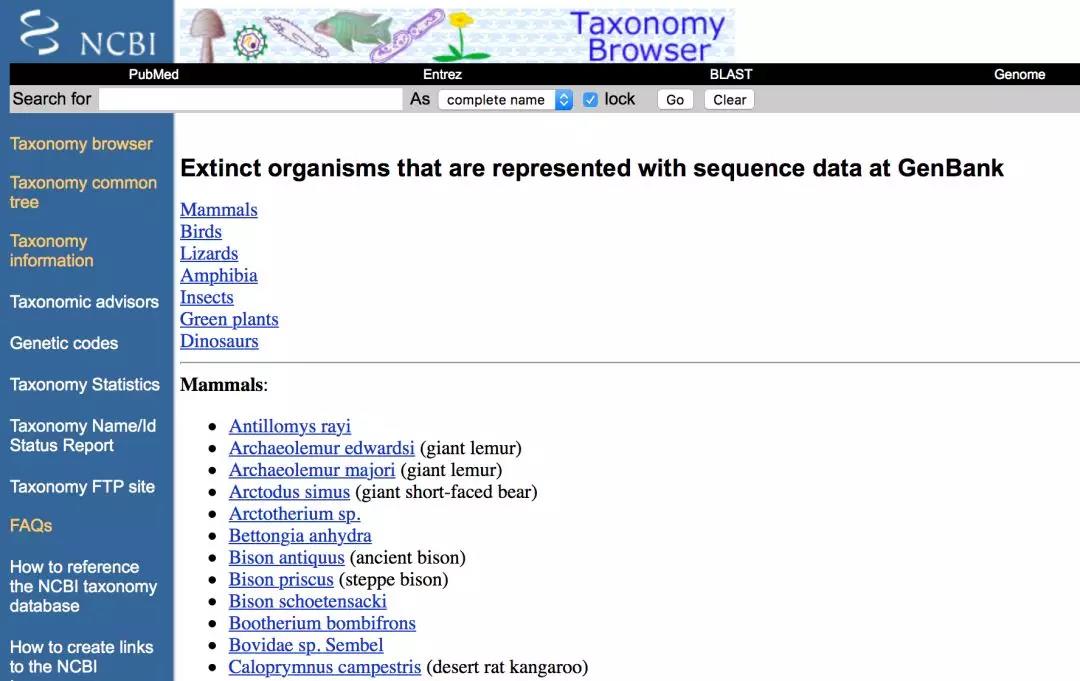
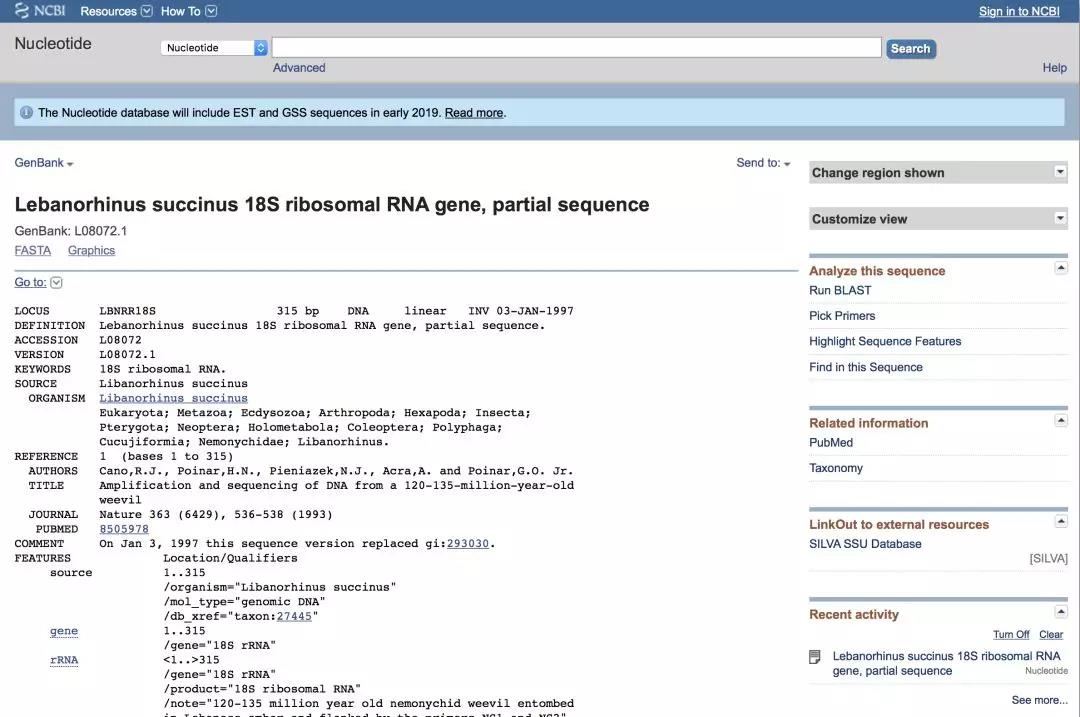

The middle school biology group successfully secured the importance of teaching bioinformatics as part of the Grade 8 biology curriculum. Through continuously organizing more bioinformatic-related activities via the Mac Lab platform, students of 8th grade biology can understand more and more aspects of bioinformatics, as well as learn more about using modern techniques of biological analysis.
(Written by Ivan Yuan,Yao Shenghua Pictures by Yao Shenghua)